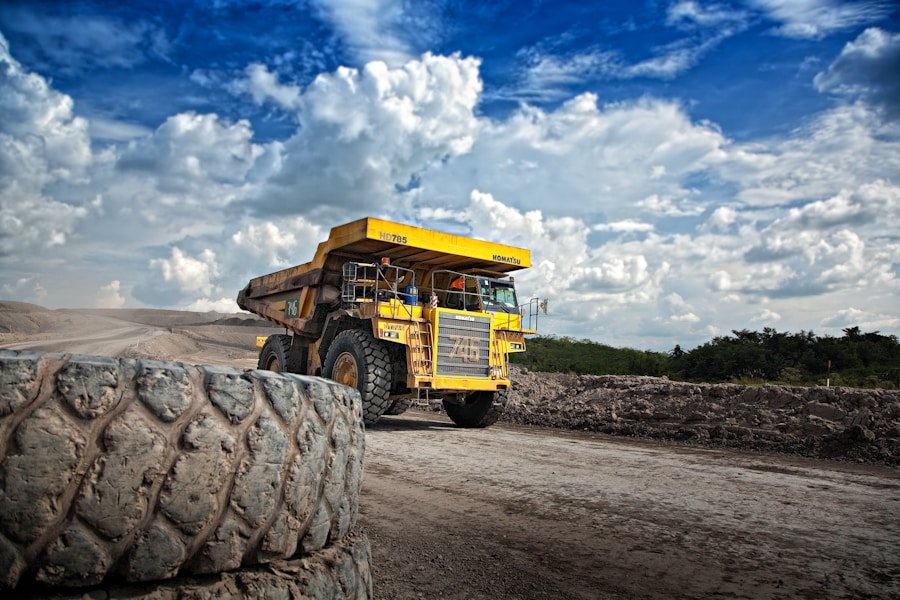Crypto mining is the process of validating and adding new transactions to a blockchain, which is the underlying technology behind cryptocurrencies like Bitcoin and Ethereum. This process involves solving complex mathematical problems using computer hardware, and in return, miners are rewarded with newly minted coins. The mining process is essential for the functioning of a decentralized network, as it ensures the security and integrity of the blockchain.
To start mining, you will need a computer with specialized hardware, such as a powerful graphics processing unit (GPU) or an application-specific integrated circuit (ASIC) miner. These devices are designed to perform the complex calculations required for mining more efficiently than a standard computer. Additionally, you will need to install mining software that allows your hardware to connect to the blockchain network and start solving cryptographic puzzles. It’s important to note that crypto mining requires a significant amount of electricity and computing power, so it’s essential to consider these factors before getting started.
Choosing the Right Hardware and Software
When it comes to choosing the right hardware for crypto mining, there are several factors to consider. The most important consideration is the hash rate, which refers to the speed at which a mining machine can solve cryptographic puzzles. A higher hash rate means that your mining operation will be more efficient and profitable. Additionally, you’ll need to consider the power consumption of the hardware, as well as its compatibility with the mining software you plan to use.
In terms of software, there are several options available for crypto miners. Some popular choices include CGMiner, BFGMiner, and EasyMiner, each of which has its own set of features and capabilities. It’s important to research and compare different mining software to find the one that best suits your needs and preferences. Additionally, you may also need to consider whether you want to mine solo or join a mining pool, as this will affect the type of software you use.
Setting Up Your Mining Operation
Once you have chosen the right hardware and software for your mining operation, the next step is to set everything up. This involves installing the necessary drivers and software on your computer, as well as configuring your mining hardware to connect to the blockchain network. Depending on the type of hardware and software you are using, this process may vary in complexity, so it’s important to follow the instructions provided by the manufacturer or developer.
In addition to setting up your hardware and software, you will also need to consider the physical location of your mining operation. Ideally, you should place your mining rigs in a cool and well-ventilated area to prevent overheating and ensure optimal performance. You’ll also need to consider factors such as noise levels and electricity access, as these can impact the overall efficiency and profitability of your mining operation.
Joining a Mining Pool
Joining a mining pool is a popular option for crypto miners who want to increase their chances of earning a steady income from their mining efforts. A mining pool is a group of miners who work together to solve cryptographic puzzles and share the rewards based on their contributions. By joining a mining pool, you can benefit from a more consistent income stream, as well as reduced variance in your earnings.
When choosing a mining pool, it’s important to consider factors such as the pool’s size, reputation, and fee structure. Larger pools typically offer more consistent payouts, while smaller pools may offer higher potential rewards. Additionally, you’ll need to consider the pool’s fee structure, as some pools charge a percentage of your earnings as a fee. It’s important to research and compare different mining pools to find the one that best suits your needs and preferences.
Managing Your Energy Costs
One of the biggest challenges of crypto mining is managing the high energy costs associated with running mining hardware 24/7. The electricity consumption of a mining operation can be substantial, so it’s important to find ways to minimize these costs. One option is to choose energy-efficient hardware that consumes less power while still delivering a high hash rate. Additionally, you can consider using renewable energy sources such as solar or wind power to offset your electricity consumption.
Another way to manage energy costs is by optimizing the cooling and ventilation systems for your mining rigs. By ensuring that your hardware stays cool and operates at an optimal temperature, you can reduce energy consumption and prolong the lifespan of your equipment. Additionally, you can consider using energy-saving features such as power management settings and scheduling to further reduce your energy costs.
Securing Your Mining Venture
As with any online activity involving valuable assets, security is a critical consideration for crypto miners. It’s important to take steps to secure your mining operation from potential threats such as hacking, malware, and physical theft. One way to enhance security is by using strong passwords and two-factor authentication for all accounts and devices associated with your mining operation. Additionally, you should regularly update your software and firmware to patch any security vulnerabilities.
Physical security is also important for protecting your mining hardware from theft or damage. You should consider installing security cameras, alarms, and locks in the area where your mining rigs are located. It’s also a good idea to keep backups of your important data and wallet keys in secure locations to prevent loss in case of theft or hardware failure.
Scaling and Expanding Your Mining Operation
Once you have established a successful mining operation, you may want to consider scaling and expanding your venture to increase your earning potential. One way to do this is by adding more mining rigs or upgrading your existing hardware to increase your hash rate and efficiency. Additionally, you can consider diversifying into different cryptocurrencies or mining algorithms to spread out your risk and maximize your potential earnings.
Another option for scaling your mining operation is by investing in cloud mining services or hosting solutions. These services allow you to rent computing power from remote data centers, which can be a cost-effective way to scale up your mining operation without having to invest in additional hardware or infrastructure. However, it’s important to research and compare different cloud mining providers to ensure that you are getting a fair deal and reliable service.
In conclusion, crypto mining can be a profitable venture for those who are willing to invest time, effort, and resources into building and managing a successful operation. By understanding the basics of crypto mining, choosing the right hardware and software, setting up your operation effectively, joining a mining pool, managing energy costs, securing your venture, and scaling up when necessary, you can maximize your earning potential in this exciting and dynamic industry.








